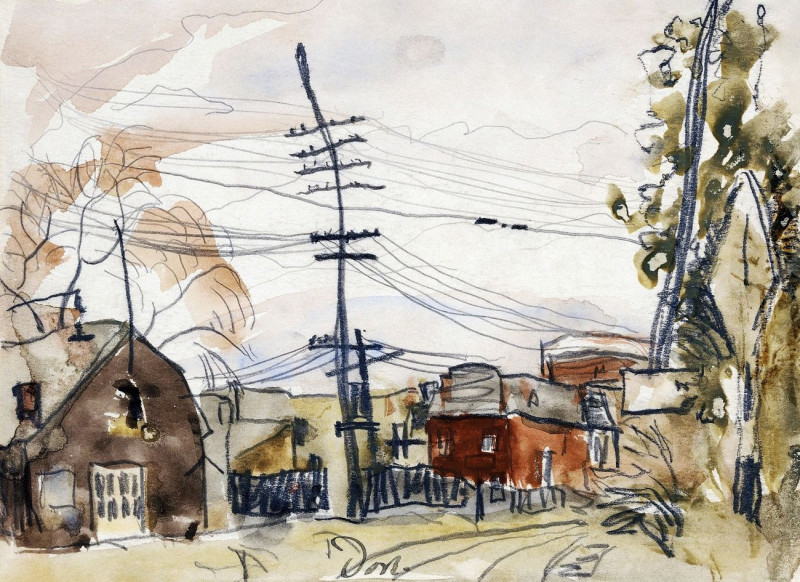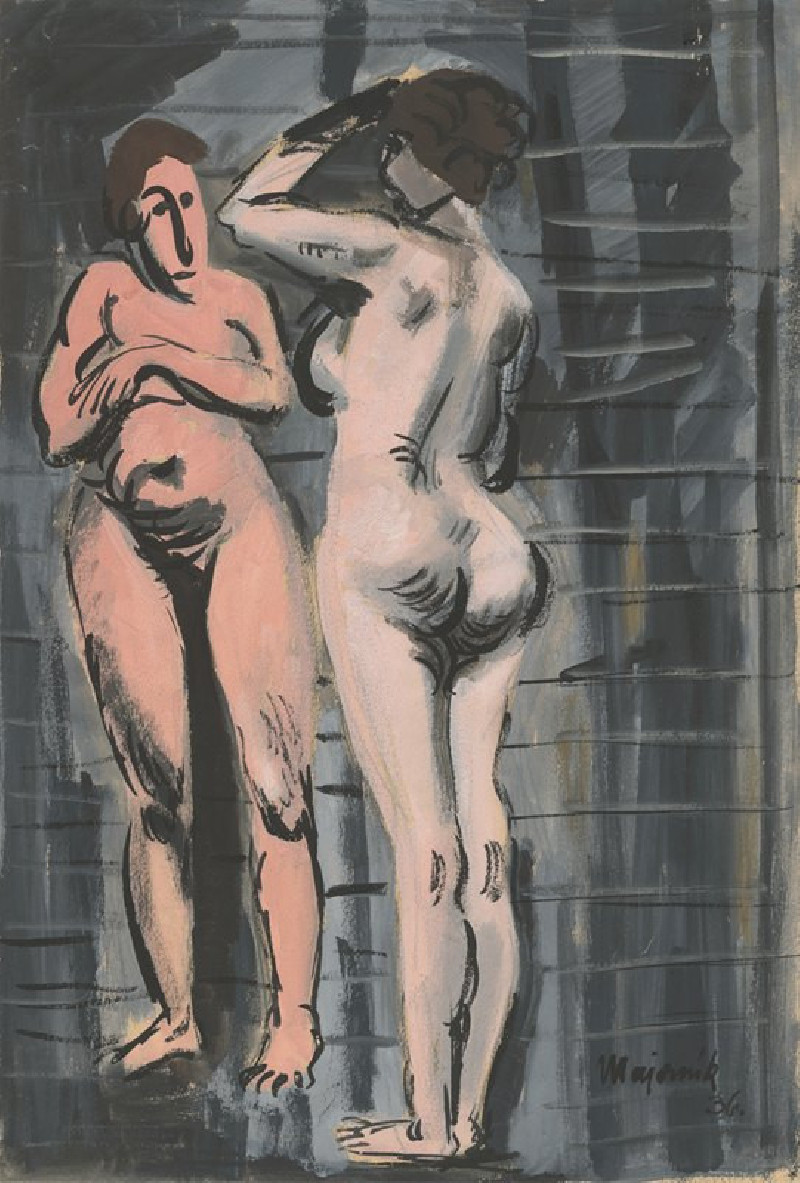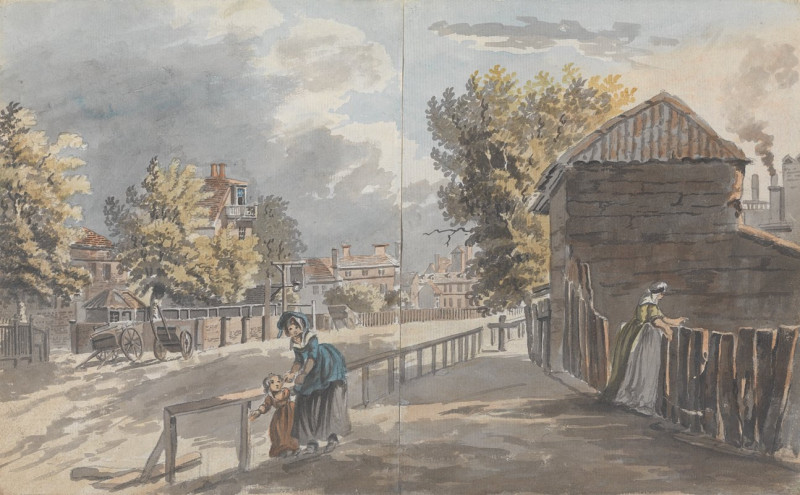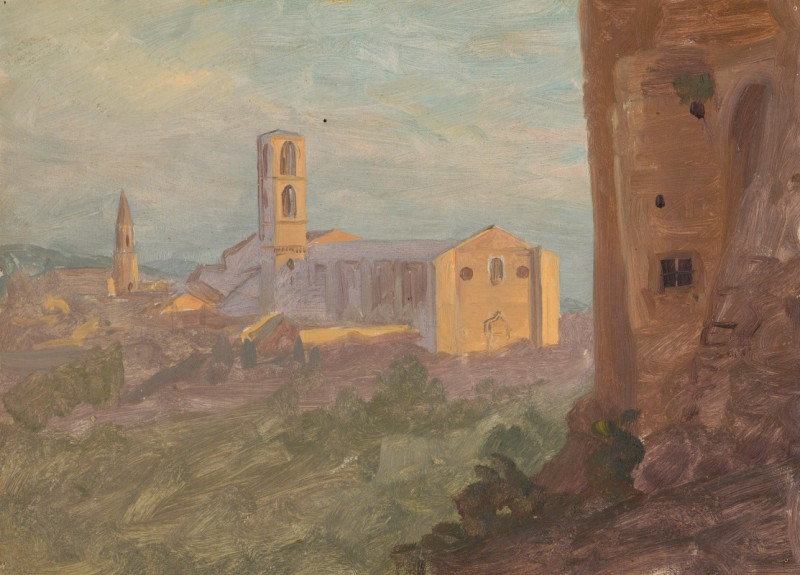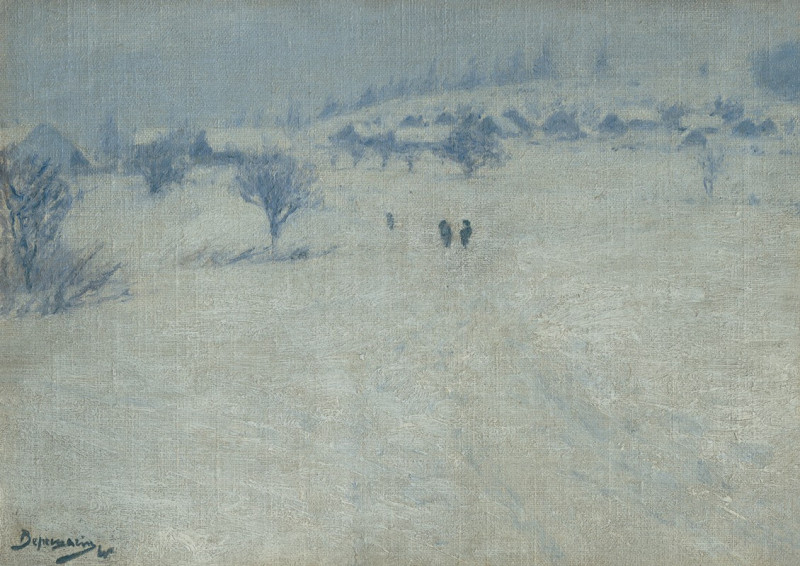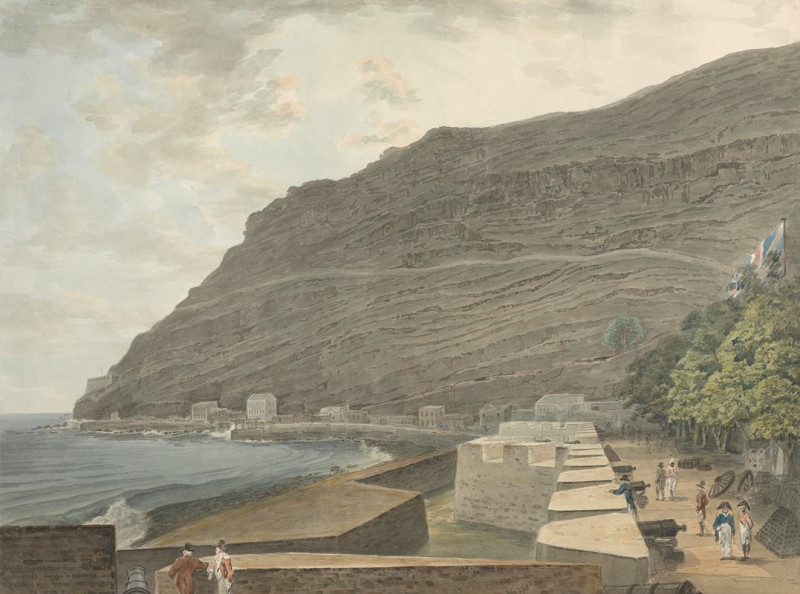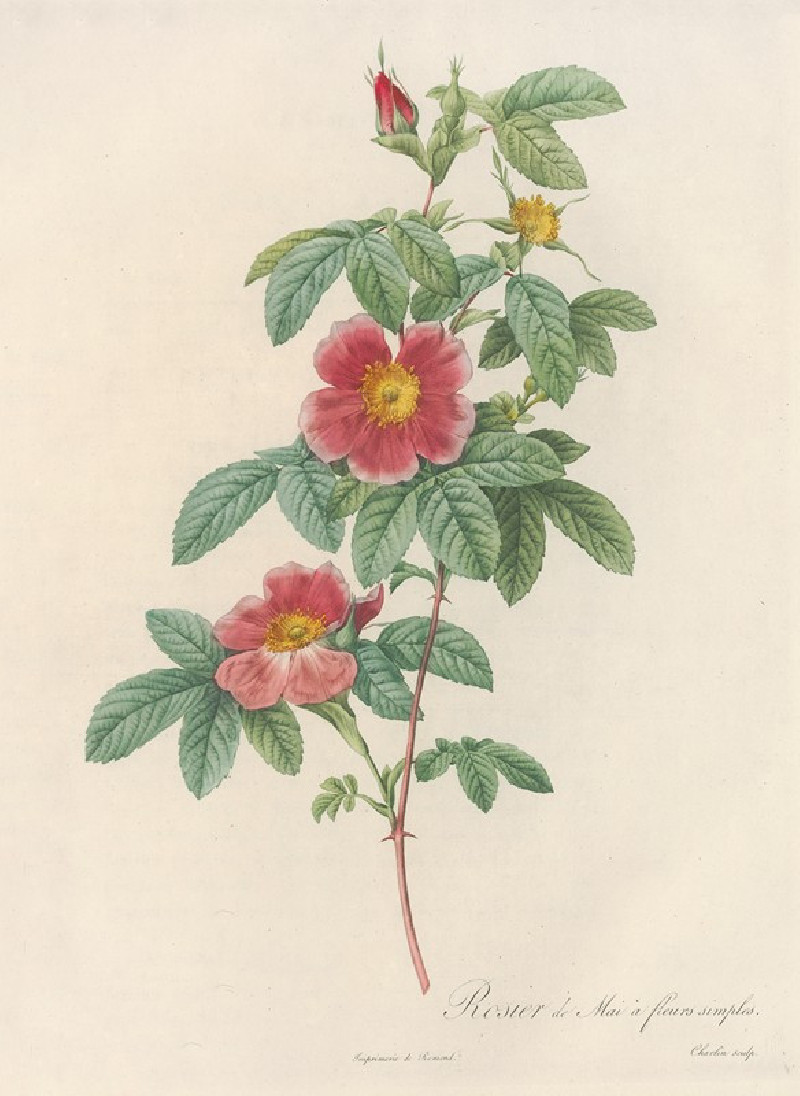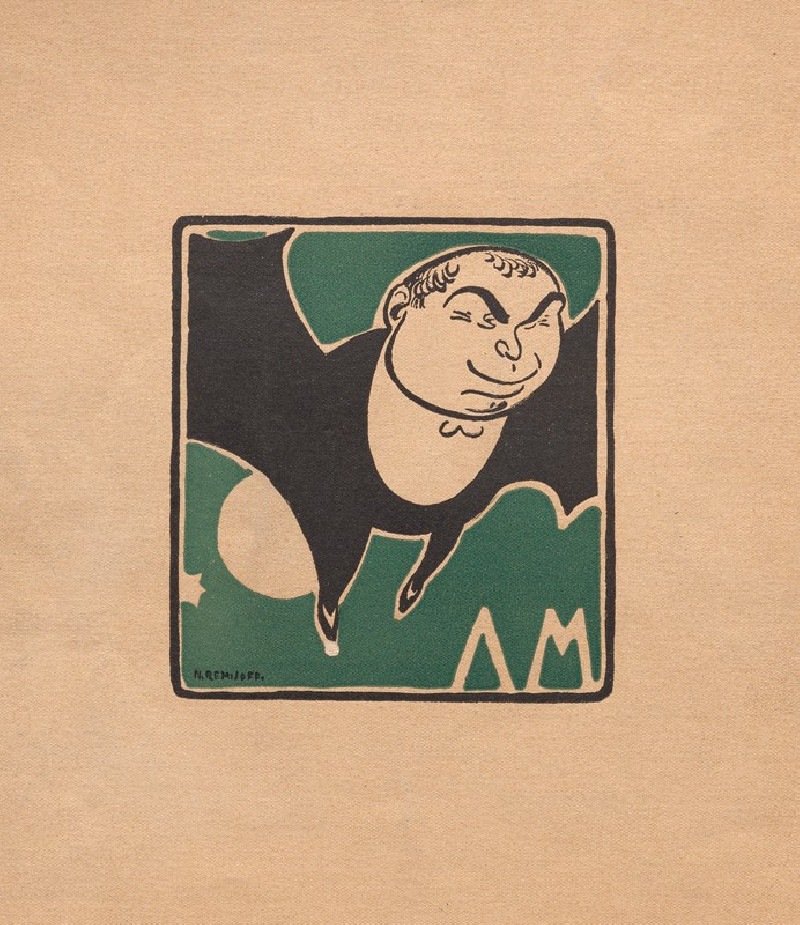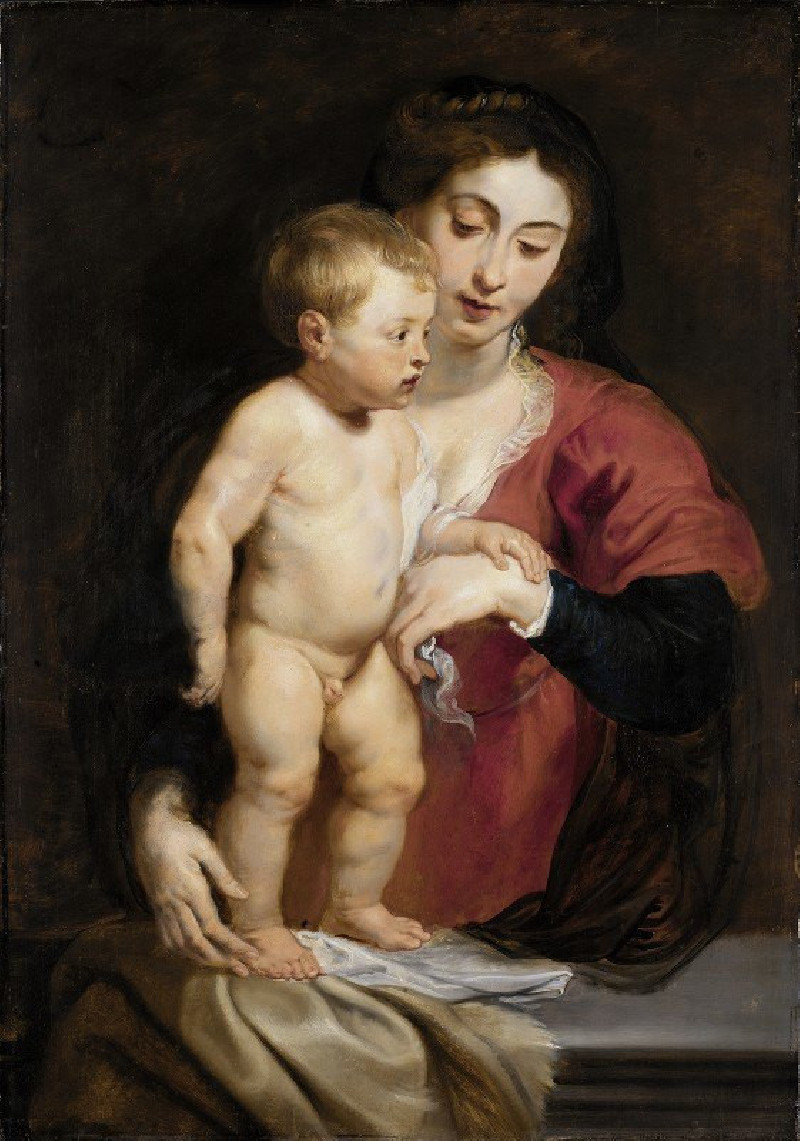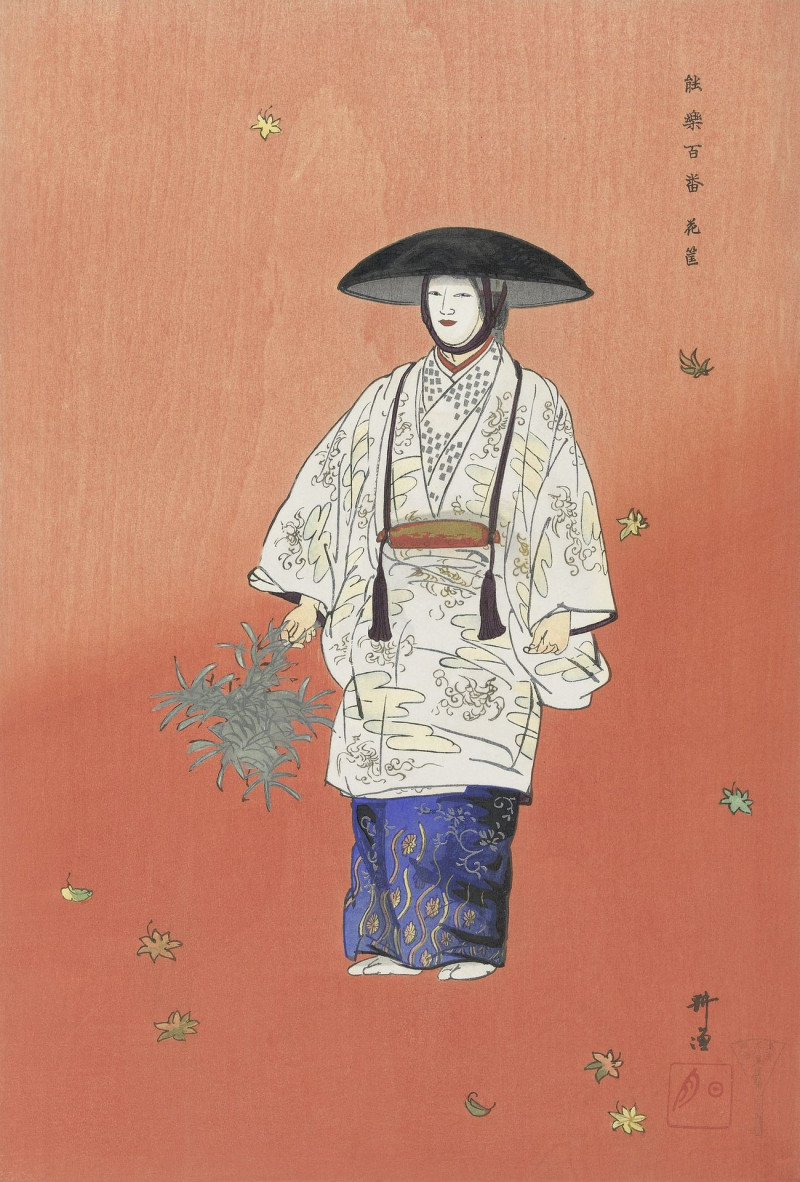Waldbeere (1921)
Technique: Giclée quality print
Recommended by our customers
More about this artwork
"Waldbeere" (1921) by Paul Klee: A Mystical Integration of Form and ColorPaul Klee, a master of symbolism and expression, presents us with "Waldbeere" (1921), a painting that delves into a mystical, almost primeval world. This work is steeped in the harmonious integration of geometric abstraction and vivid imagery, drawing us into a narrative that is both enigmatic and profoundly anchored in nature.The painting features what appears to be an anthropomorphic figure at its center, depicted through a complex interplay of shapes and muted earth tones. The figure seems to be composed of leaves or feathers, creating a sense of movement and fluidity. It's crowned with a large, round form that looks like a fruit or perhaps the moon, painted in muted yellows and whites, lending an ethereal quality to the whole composition.Klee's use of dark and light areas, as well as his careful balancing of colors, suggests not only the presence of natural elements but also imbues the piece with a rhythm that seems almost ritualistic. The background, with its blend of browns and greens, further accentuates the organic essence, suggesting a backdrop of a dense, mystical forest where the boundaries between the real and the surreal blur."Waldbeere" invites viewers to traverse the layers of visual intricacy and to ponder Klee's synthesis of the abstract and the natural. Each element in the painting works harmoniously to evoke the spirit of the wilderness, capturing an elemental, almost totemic spirit that is quintessentially Klee.
Delivery
Returns
Paul Klee was a Swiss-born German artist. His highly individual style was influenced by movements in art that included expressionism, cubism, and surrealism. Klee was a natural draftsman who experimented with and eventually deeply explored color theory, writing about it extensively; his lectures Writings on Form and Design Theory (Schriften zur Form und Gestaltungslehre), published in English as the Paul Klee Notebooks, are held to be as important for modern art as Leonardo da Vinci's A Treatise on Painting for the Renaissance.

































